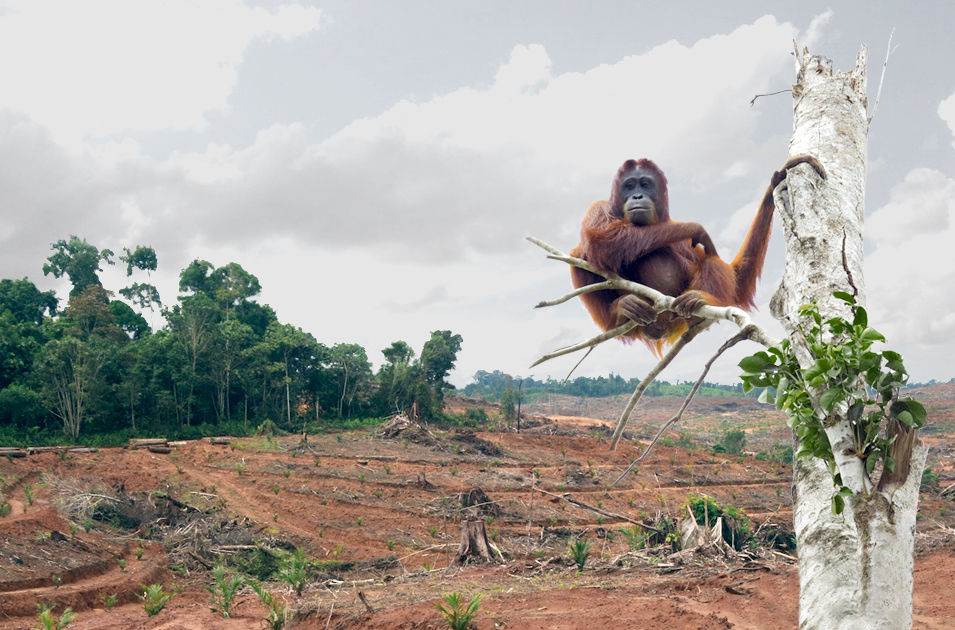The production of palm oil and its environmental impacts
- Romana Küng
- 16. Mai 2017
- 2 Min. Lesezeit
Palm oil - the oil obtained from the pulp of oil palm is the most commonly used vegetable oil in the food industry. The production of palm oil has increased massively in recent years due to rising demand. With a share of 85% of the 64.5 million tons of harvested palm oil world-wide, Indonesia and Malaysia are the top performers of the palm oil production. Large monocultures have developed (and are still being produced) on enormous plantations. Just in Indonesia, there are already 9 million hectares. According to Rettet den Regenwald e. V., this corresponds to a quarter of the area of Germany. Because of its chemical qualities (high melting point, therefore spreadable and supple) as well as the low-cost production, palm oil will continue to be in high demand and thus can be found in numerous everyday products such as margarine, sweets or pastries, but also in soaps or cosmetics.

But the palm oil boom takes its toll. Huge areas of valuable tropical forests have to give way to the plantations, what destroys the habitat of an enormous variety of diverse animal and plant species. The orang-utan, which is threatened with extinction, is just one example. People like the indigenous tribe of Penan, living on Borneo, are also expelled from the raw materials conglomerate, thus losing their food source.
The palm oil production also has considerable ecological consequences. A vital function of the rainforest, which is extremely important for the global climate, is the storage of CO2. As a result of the deforestation, carbon dioxide is released and escaped into the atmosphere, which in turn contributes to global warming. Last but not least, the cultivation of the oil palms causes considerable damage, since enormous amounts of fossil energy are used for the clearing of the rainforest, soil processing, fertilizers and pesticides, harvesting, transport and processing of the palm oil. Referred to WWF, Indonesia is one of the world's seven largest carbon emitters, due to the high emissions caused by deforestation. Ultimately it can be said that palm oil is anything but sustainable.
Sources:
https://de.statista.com/statistik/daten/studie/443045/umfrage/produktion-von-palmoel-weltweit/
https://www.regenwald.org/themen/palmoel/fragen-und-antworten#start
http://www.srf.ch/sendungen/kassensturz-espresso/themen/umwelt-und-verkehr/palmoel-in-unseren-lebensmitteln-der-versteckte-klimakiller#
https://www.abenteuer-regenwald.de/wissen/folgen
http://www.wwf.de/themen-projekte/waelder/wald-und-klima/waelder-und-klimaschutz
Picture:
http://www.veggieeye.co.uk/news/bank-of-england-palm-oil-new-20-note-blog-post/


























Kommentare